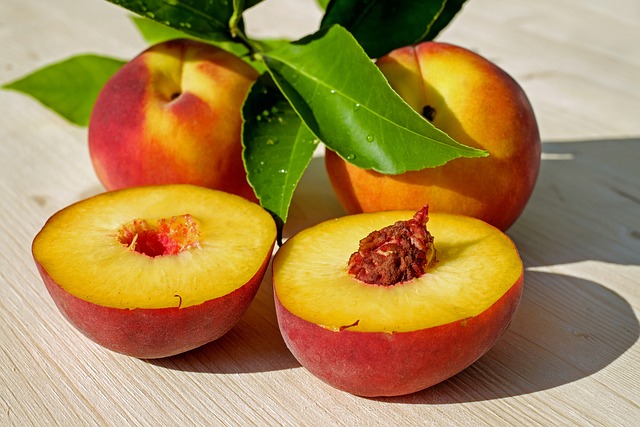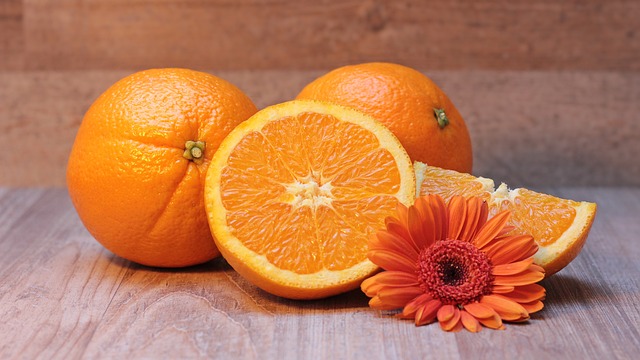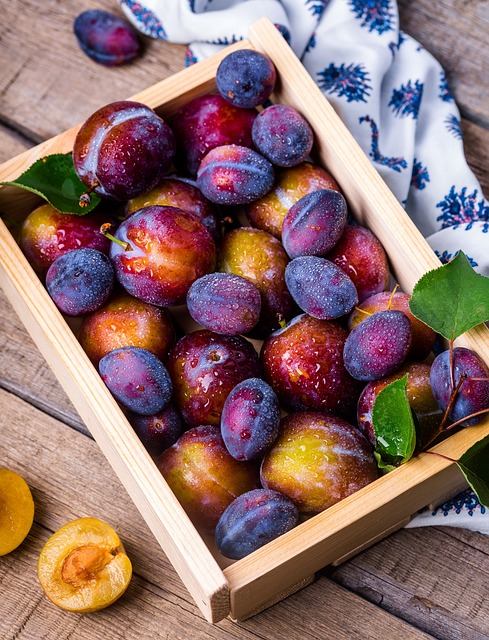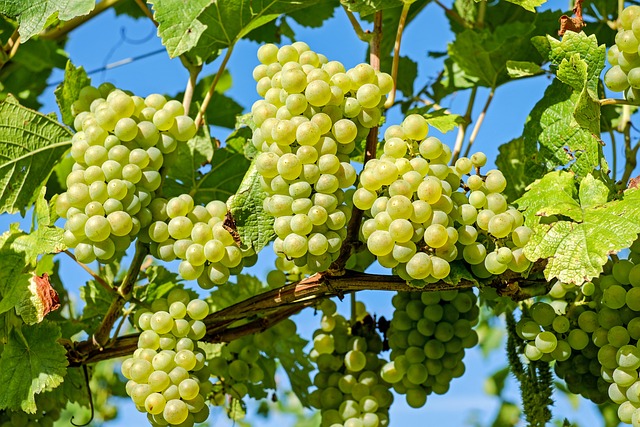Beyond Yogurt: Exploring Lesser-Known Sources of Probiotics
In recent years, probiotics have gained significant attention for their potential health benefits. People are often quick to associate probiotics with yogurt, but did you know that there are many other lesser-known sources of these beneficial live bacteria and yeasts? In this article, we will delve into the world beyond yogurt and explore some fascinating alternatives that can help boost your gut health.
1. Kefir
Kefir is a fermented milk drink that originated in the Caucasus mountains. It is made by fermenting milk with kefir grains, which are a combination of live bacteria and yeasts. This results in a tangy, slightly fizzy beverage packed with probiotics. Kefir contains a wide variety of beneficial bacteria strains such as Lactobacillus kefiranofaciens, Lactobacillus acidophilus, and Bifidobacterium bifidum. It has been associated with numerous health benefits, including improved digestion, enhanced immune function, and reduced inflammation.
2. Sauerkraut
Sauerkraut is a type of fermented cabbage that is often used as a condiment in various cuisines. The fermentation process involves lactic acid bacteria, which naturally occur on the surface of the cabbage leaves. These bacteria convert the sugars in the cabbage into lactic acid through fermentation, creating an environment that supports the growth of probiotics. Sauerkraut is rich in beneficial bacteria such as Lactobacillus plantarum, Lactobacillus brevis, and Leuconostoc mesenteroides. Regular consumption of sauerkraut can help support a healthy gut flora and improve digestion.
3. Kimchi
Kimchi is a traditional Korean side dish made primarily from fermented cabbage, radishes, and various spices. Similar to sauerkraut, the fermentation process involved in making kimchi results in the production of probiotics. Kimchi contains a diverse range of bacteria, including Lactobacillus brevis, Lactobacillus plantarum, and Weissella koreensis. These beneficial bacteria have been associated with improved gut health, enhanced immune function, and reduced risk of developing certain chronic diseases.
4. Miso
Miso is a traditional Japanese seasoning made by fermenting soybeans with salt and a fungus called Aspergillus oryzae. This fermentation process contributes to the production of probiotics in miso. Miso contains various strains of beneficial bacteria, including Lactobacillus acidophilus, Lactobacillus plantarum, and Pediococcus pentosaceus. Incorporating miso into your diet can help promote a healthy gut microbiome and support overall digestive health.
5. Tempeh
Tempeh is a soy-based protein originating from Indonesia. It is made by fermenting cooked soybeans with the fungus Rhizopus oligosporus or Rhizopus oryzae. This fermentation process not only results in increased protein content but also increases the probiotic content of tempeh. Tempeh contains beneficial bacteria such as Bifidobacterium bifidum, Lactobacillus plantarum, and Lactobacillus acidophilus. Adding tempeh to your meals can provide you with a good source of probiotics and plant-based protein.
While yogurt is undoubtedly an excellent source of probiotics, exploring beyond the familiar can open up a world of diverse probiotic-rich foods. Incorporating these lesser-known sources of probiotics into your diet can bring a range of health benefits, from improved digestion to enhanced immune function. So, go ahead and expand your probiotic horizons beyond yogurt to experience the full potential of these beneficial microorganisms.







